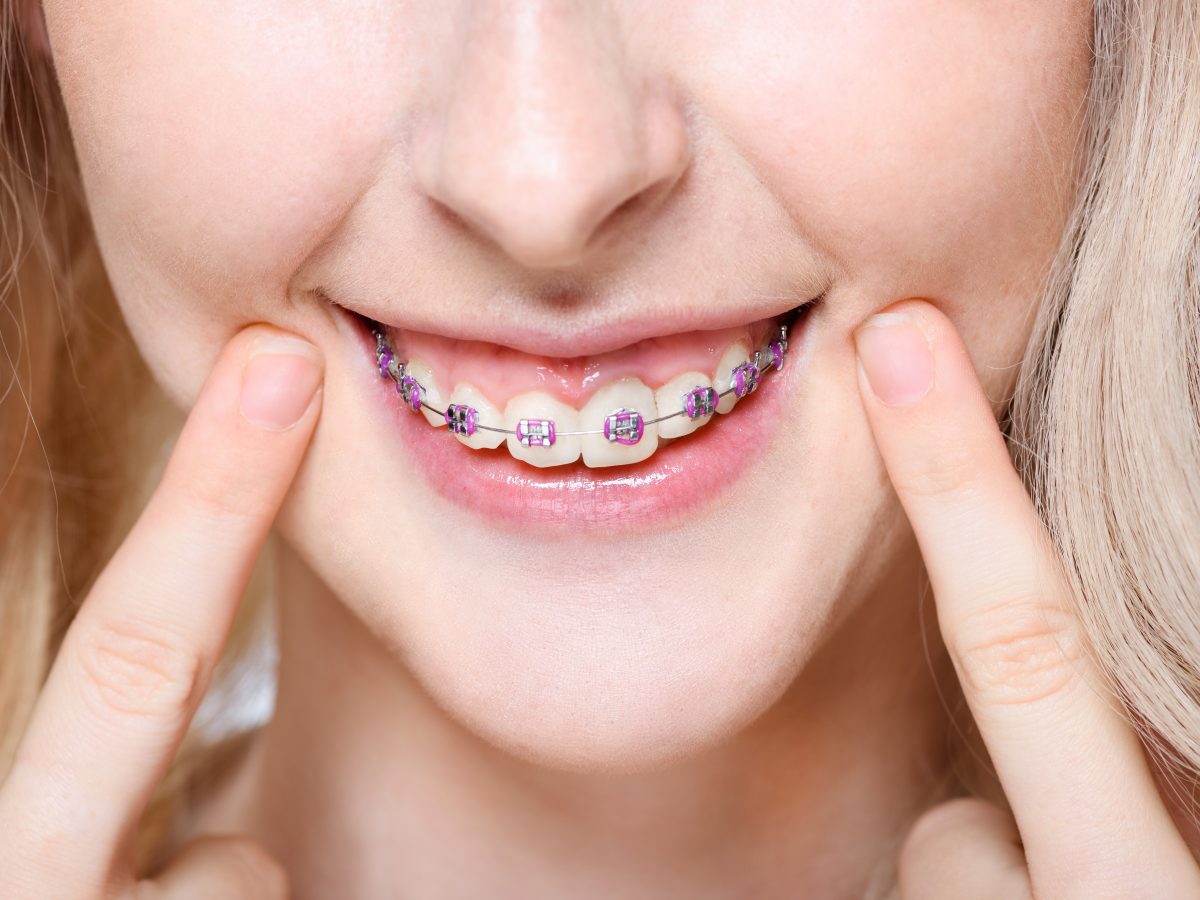Top Tips for Choosing the very best Cumming Orthodontist for Braces and Aligners
Top Tips for Choosing the very best Cumming Orthodontist for Braces and Aligners
Blog Article
Comprehensive Overview to Orthodontics Treatments for Dealing With Oral Imbalances
In the realm of orthodontics, the journey to attaining a completely straightened smile includes a myriad of treatments customized to remedy dental misalignments. From typical braces to unnoticeable aligners and even medical alternatives, the field of orthodontics offers a variety of options to address varying degrees of oral abnormalities. Comprehending the intricacies of each treatment, including their devices, advantages, and potential disadvantages, is vital in making informed choices about one's orthodontic therapy. As we browse with the detailed guide to orthodontic treatments for remedying dental misalignments, the elaborate information of each method will unravel, clarifying the path toward a functional and unified dental positioning.
Orthodontic Procedures Introduction

Routine changes and monitoring are critical components of orthodontic therapy to make sure development is on track and to make any kind of necessary modifications along the way. By undertaking orthodontic procedures, clients can not just achieve a straighter smile yet additionally improve their total dental health and feature.
Typical Braces: How They Work
When taking into consideration orthodontic therapies for oral imbalances, typical braces stand out as a tried and true technique for fixing teeth placing. Conventional braces are composed of brackets, cables, and bands that work together to use constant pressure on the teeth, gradually relocating them right into the preferred placement.
As pressure is used to the teeth via the braces, the bone bordering the teeth is reshaped to support the brand-new tooth positions. People will require routine modifications at the orthodontist's workplace to guarantee the dental braces proceed to use the proper pressure for efficient teeth motion.
Undetectable Aligners: Pros and Disadvantages
Unnoticeable aligners provide a very discreet and practical alternative to traditional braces for remedying dental misalignments. These clear, custom-made trays are practically unseen when used, making them an enticing alternative for individuals seeking a much more visually pleasing orthodontic therapy. One of the main advantages of unnoticeable aligners is their removability, enabling much easier maintenance of oral hygiene compared to conventional braces. People can get rid of the aligners prior to eating or brushing their teeth, minimizing the danger of food getting stuck in the home appliance and simplifying the cleaning process.

Surgical Orthodontic Options
Surgical interventions in orthodontics existing feasible alternatives for addressing intricate oral imbalances that may not be efficiently resolved via traditional orthodontic treatments. While traditional braces and invisible aligners can correct many orthodontic concerns, certain instances require medical treatment to achieve ideal outcomes. Surgical orthodontic options are commonly advised for severe malocclusions, considerable jaw inconsistencies, and cases where the underlying bone structure needs alteration to attain proper alignment.
One common surgical orthodontic treatment is orthognathic surgical treatment, which includes rearranging the jaws to correct practical issues such as difficulty eating here dental or speaking. This surgery is commonly done in partnership with an orthodontist who aids align the teeth before and after the treatment. Surgical orthodontics might likewise involve procedures to reveal affected teeth, remove excess gum tissue, or reshape the jawbone to develop a much more unified facial profile.
Before considering medical orthodontic alternatives, individuals undertake a detailed assessment to determine the need and potential benefits of such treatments. aligners. While surgical procedure may appear difficult, it can considerably enhance both the function and appearances of the smile in cases where traditional orthodontic therapies fail
Retainers and Post-Treatment Care

Failure to conform with post-treatment care guidelines can result in regression, where the teeth slowly move back in the direction of their initial settings. Constant retainer wear, excellent oral health, and regular oral check-ups are necessary for keeping the results attained via orthodontic surgical procedure and ensuring the long-term stability of the remedied dental positioning.
Final Thought
In conclusion, orthodontic treatments supply different choices for fixing oral imbalances. Surgical orthodontic alternatives are readily available for much more severe imbalances. In general, orthodontic procedures can properly enhance oral health and aesthetic appearance.
As we navigate via the extensive overview to orthodontic procedures for correcting dental misalignments, the complex information of each method will unfold, dropping light on the course toward a functional and unified oral alignment. - cumming invisalign
One of the most typical orthodontic therapies is the use of dental braces, which are composed of metal braces and cords that apply gentle stress to slowly move teeth into the preferred position.When considering orthodontic treatments for dental misalignments, typical braces stand out as a time-tested technique for dealing go to these guys with teeth positioning. Furthermore, invisible aligners may not be ideal for complicated orthodontic issues that require even more considerable teeth movement, as they are normally suggested for moderate to modest situations. Retainers are tailor-made orthodontic devices created to hold teeth in their corrected settings after the conclusion of orthodontic treatment.
Report this page